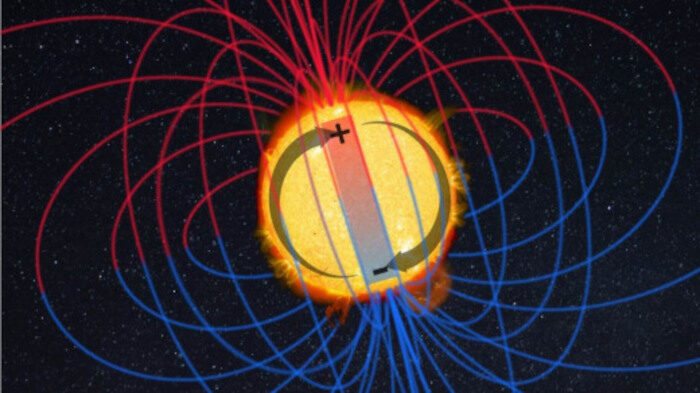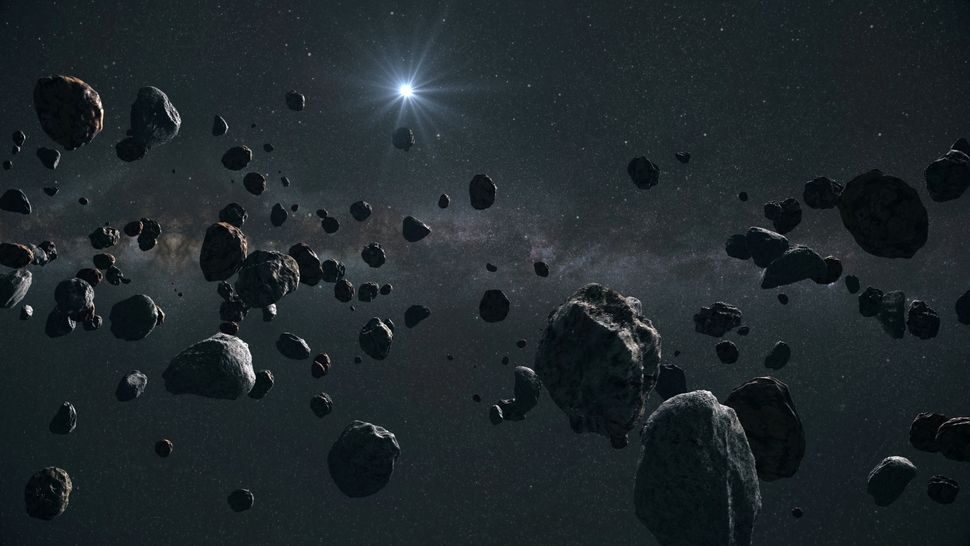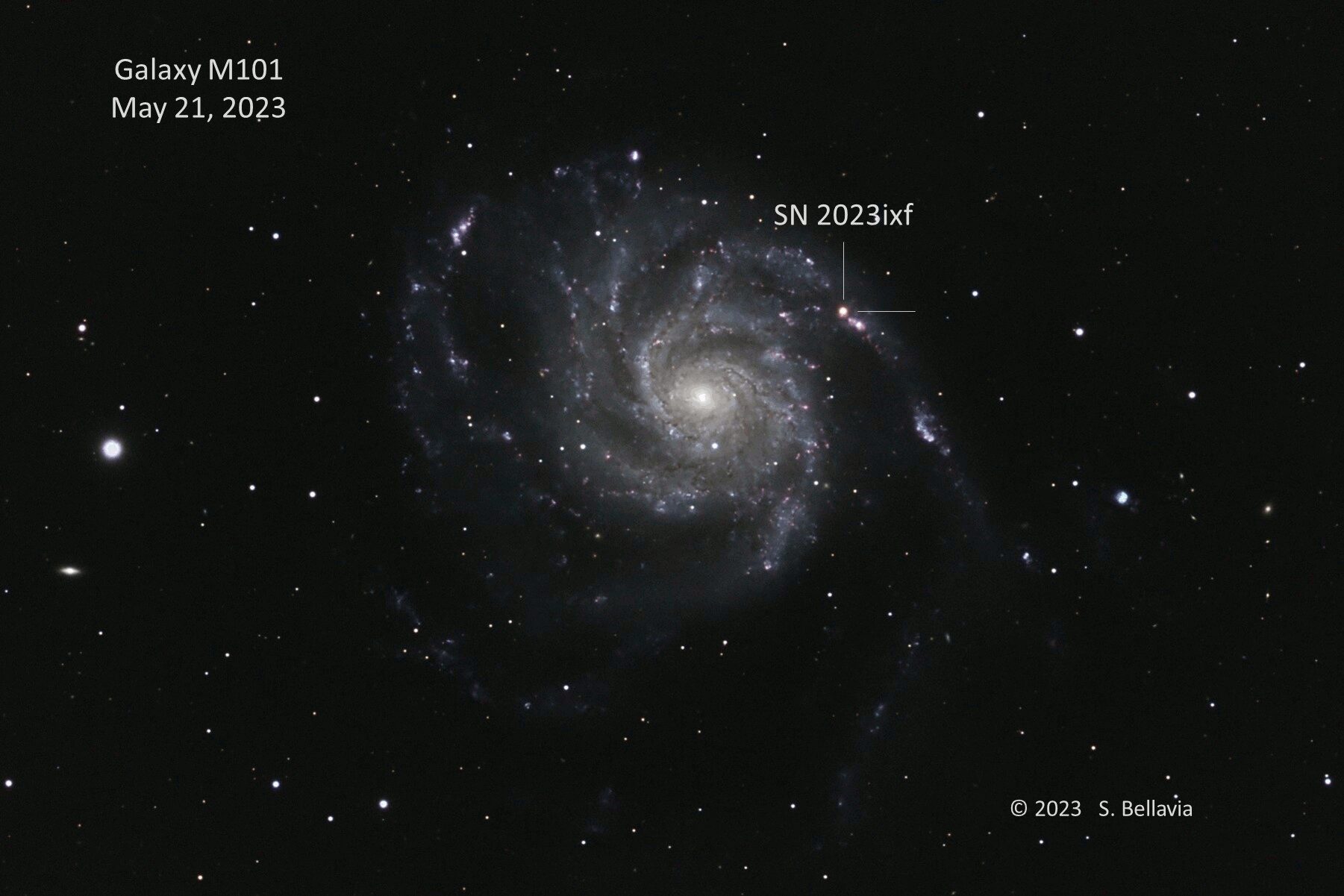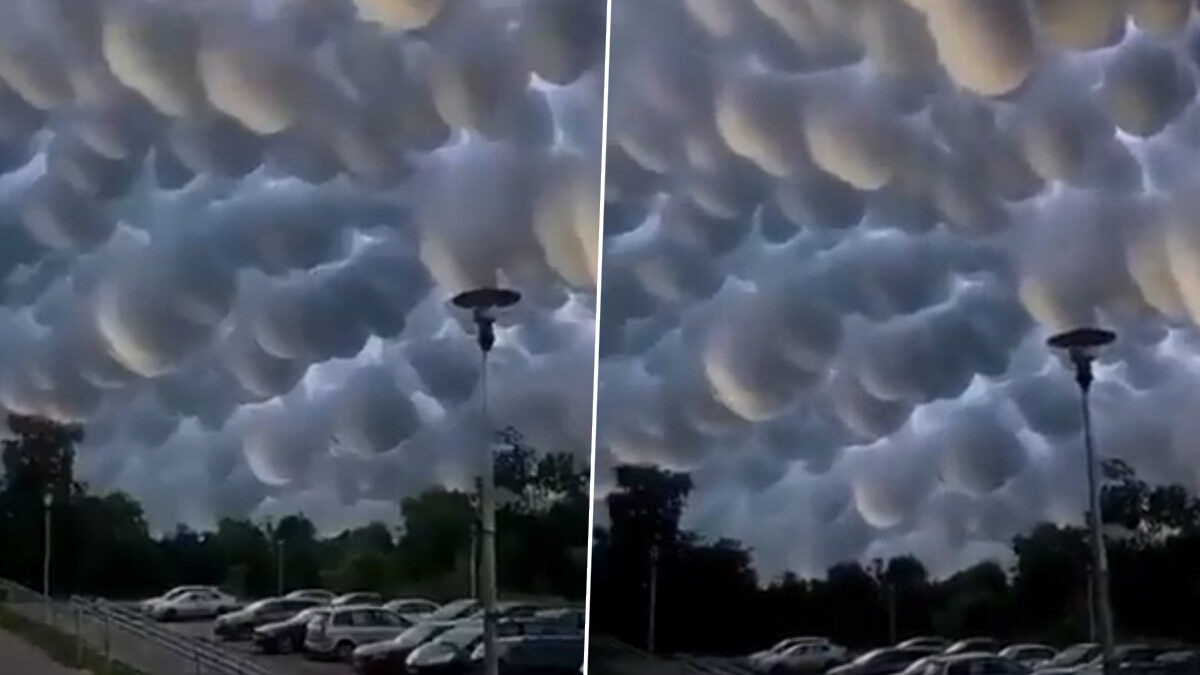
The radiocarbon spike was caused by a massive solar storm, the biggest ever identified. A similar solar storm today would be catastrophic for modern technological society - potentially wiping out telecommunications and satellite systems, causing massive electricity grid blackouts, and costing us billions of pounds.
The academics are warning of the importance of understanding such storms to protect our global communications and energy infrastructure for the future.
Collaboration
The collaborative research, which was carried out by an international team of scientists, is published today (Oct 9) in The Royal Society's Philosophical Transactions A: Mathematical, Physical and Engineering Sciences and reveals new insights into the Sun's extreme behaviour and the risks it poses to Earth.
A team of researchers from the Collège de France, CEREGE, IMBE, Aix-Marseille University and the University of Leeds measured radiocarbon levels in ancient trees preserved within the eroded banks of the Drouzet River, near Gap, in the Southern French Alps.
The tree trunks, which are subfossils - remains whose fossilisation process is not complete - were sliced into tiny single tree-rings. Analysis of these individual rings identified an unprecedented spike in radiocarbon levels occurring precisely 14,300 years ago. By comparing this radiocarbon spike with measurements of beryllium, a chemical element found in Greenland ice cores, the team proposes that the spike was caused by a massive solar storm that would have ejected huge volumes of energetic particles into Earth's atmosphere.
Edouard Bard, Professor of Climate and Ocean Evolution at the Collège de France and CEREGE, and lead author of the study, said: "Radiocarbon is constantly being produced in the upper atmosphere through a chain of reactions initiated by cosmic rays. Recently, scientists have found that extreme solar events including solar flares and coronal mass ejections can also create short-term bursts of energetic particles which are preserved as huge spikes in radiocarbon production occurring over the course of just a single year."












Comment: Granted it's only earlier by 1 day, but the automated camera has been operating since as far back as the last solar maximum in 2015, and that maximum was stronger than that of the current cycle, which won't peak until 2024, and so, despite the weaker cycle, solar energy seems to be having a greater impact on our planet; and there's a variety of other unusual phenomena occurring in recent years that also seem to reflect this - and not just on our planet:
- Cosmic climate change? Neptune's clouds have disappeared, surprising scientists
- Powerful Solar storm has unusually strong impact on Earth, delays SpaceX rocket launch, stalls oil rigs in Canada
- Cosmic climate change: 'Space plasma hurricane' observed in ionosphere above North Pole!
- Professor Valentina Zharkova: "We entered the 'modern' Grand Solar Minimum on June 8, 2020
Also check out SOTT radio's: